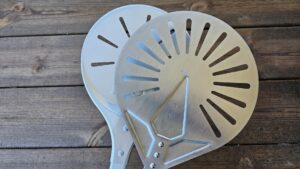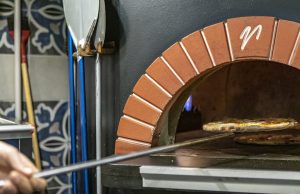Choosing the best
I’m obsessed with pizza peels! I’ve owned more peels than I can count, and here I’ll share everything I’ve learned over the years, from cooking in my own tiny kitchen to baking pizza with one of the best pizzaiolos in Naples.
Whether you use a pizza stone, a portable
Key takeaways
- Selecting the right
pizza peel involves considering material, size, and handle length to match your oven and pizza style. - The perfect size, shape, material, and design of a
pizza peel are crucial factors affecting its performance, with wood and metal (perforated or solid) being common materials, each with their respective benefits and maintenance requirements. - Wooden peels are preferred for their non-stick properties, ideal for launching pizzas with heavy toppings.
- Aluminum peels offer precision and ease in retrieving pizzas from the
pizza oven , though they may require more skill to prevent sticking.
What is a pizza peel ?
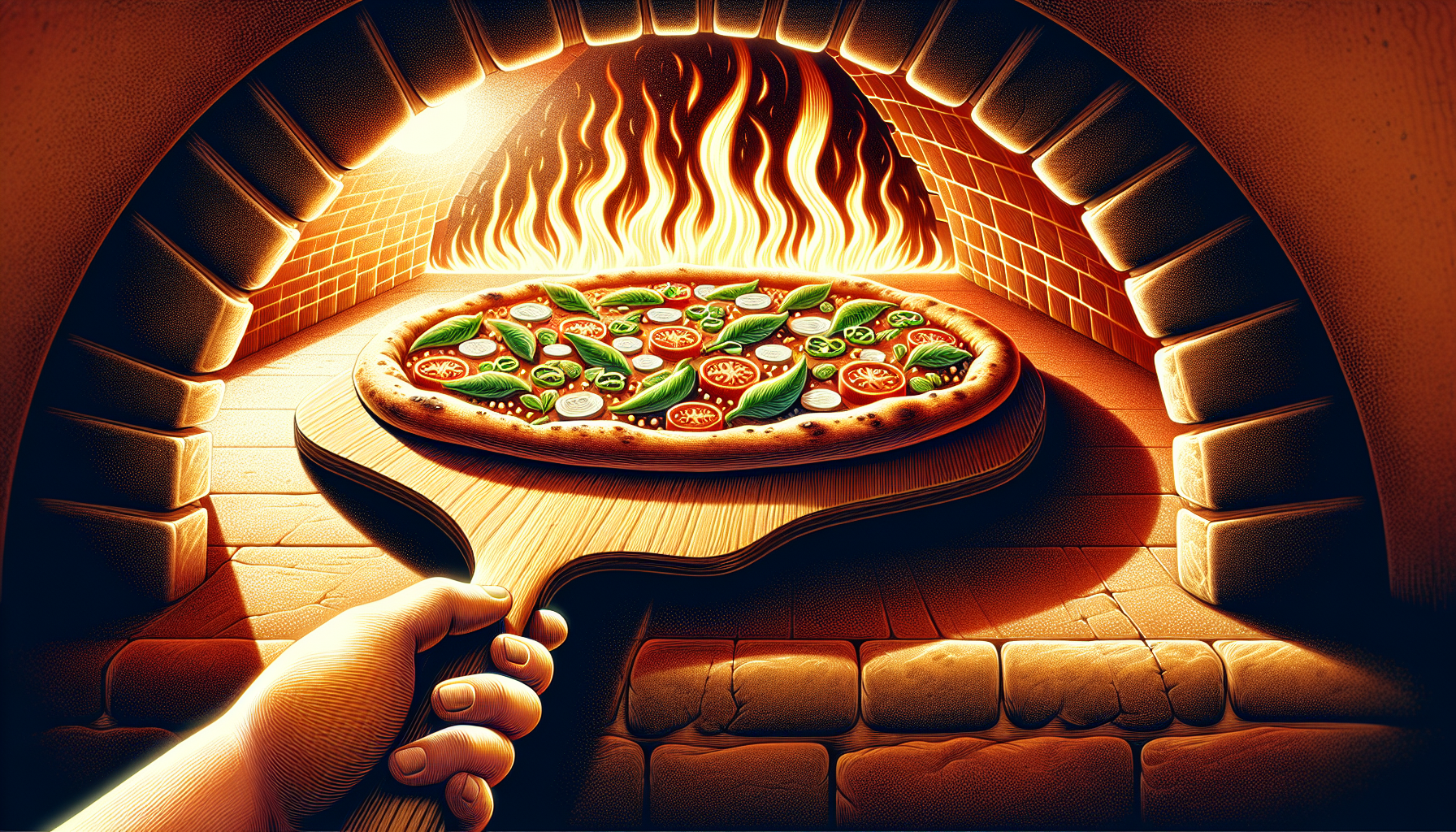
A
Pizza peels come in a variety of shapes, sizes, and materials, but they all have flat carrying surfaces and a handle, designed to slide pizzas in or out of the oven while maintaining the shape and integrity of the dough.
Most pizza peels are made from either wood or metal. These materials offer their benefits and drawbacks.
The importance of using the right peel
Choosing the right
There’s a variety of peels out there, each made from different materials and designed for specific tasks. Some are the perfect size for sliding your pizza into the oven, while others shine when rotating, or pulling out your pizza.
The wrong
And don’t forget, the type of pizza want to make and your prep methods also play a significant role in your choice of a
Here are some key factors to consider when picking a
- Size: It’s important to choose a peel that’s big enough to handle your pizza with ease. You want your masterpiece to sit comfortably on the peel without any overhang, and also be easy to store.
- Material: Wooden peels have their charm but can be prone to moisture absorption, which might lead to your pizza sticking or making it harder to clean. For better airflow and versatility, you might want to consider a perforated metal peel.
- Design: Comfort is key, so look for a peel with a handle that feels good in your hand and is easy to maneuver. Certain peels are also designed for a specific purpose, such as a turning peel for ensuring an even bake.
Selecting the right
How to choose the best pizza peel
With so many options, selecting the ideal
Shape
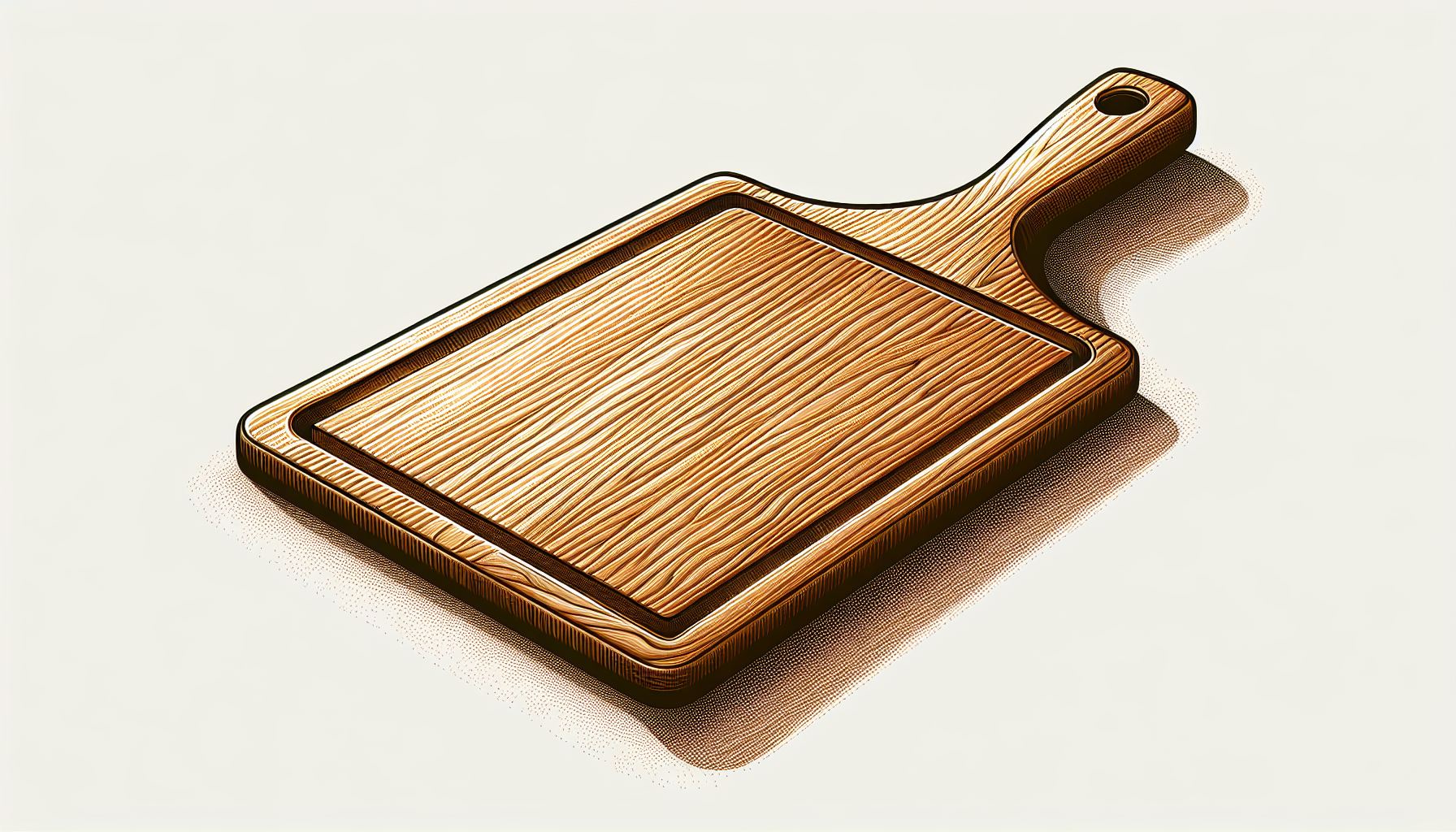
The shape of your
Round peels, on the other hand, are excellent for moving pizzas around inside the oven. The absence of corners on a round peel makes it easier to store and handle multiple pizzas, allowing you to easily get to the pizza from the side.
Material
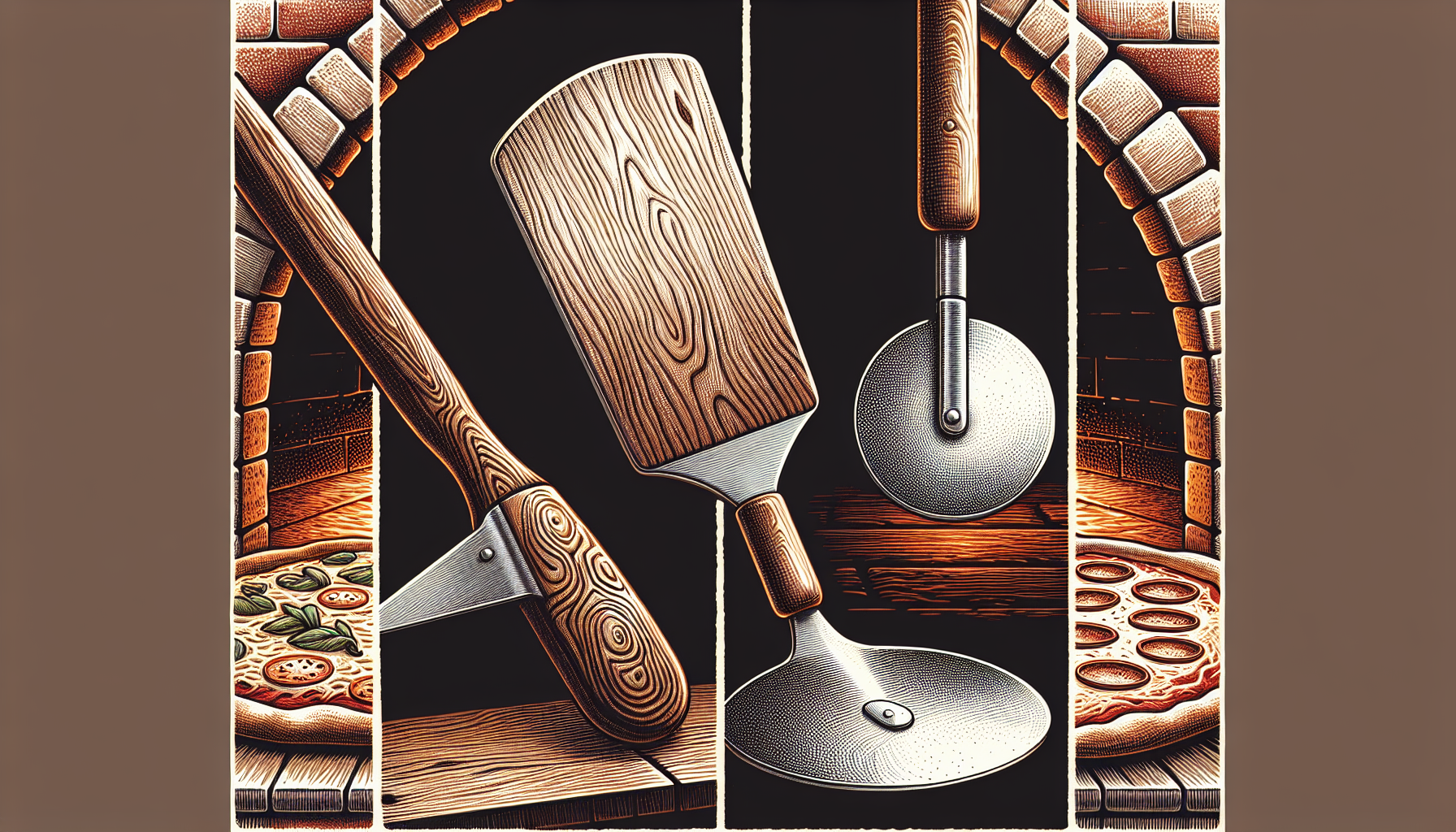
Wood
A
However, wooden pizza peels come with a few drawbacks. Their thickness can make it tricky to easily slide the peel under the pizza for turning and retrieval, not to mention they’re a bit on the heavier side. Also, wood absorbs moisture from for example sauce and oil, complicating cleanup. Plus, they need more care than their metal counterparts, including regular oiling.
Wood peels are best for:
- Moving pizzas into into the oven.
- Handling pizzas with lots of toppings, especially when assembled directly on the
pizza peel .
Steel
Pizza peels made from steel are thinner and more robust than their wooden counterparts. They’re also a breeze to clean and require less upkeep. The thin blade easily slides under your pizza, making steel peels a go-to for turning and retrieving your pizza from the oven.
However, there are a couple of downsides to metal pizza peels. Raw dough sticks more to them than it does to wooden pizza peels, so you’ll find yourself using more flour and needing a bit more finesse. Steel can also rust if not properly cared for, and it’s heavier than aluminum peels.
A steel peel is best for turning pizzas in the oven, thanks to its durability. The weight also isn’t a major issue for turning peels, since they are much smaller.
Aluminum
An Aluminum
The major drawback of an aluminum
Aluminum peels are best for retrieving pizza due to their thin blade and lightweight.
Perforated vs. solid pizza peels
Pizza peels can have a perforated or solid carrying surface, each with its unique benefits.
A perforated
Solid peels provide a continuous surface that’s good for transferring pizzas but can result in more flour burn and potentially stickier situations without proper flouring.
Size
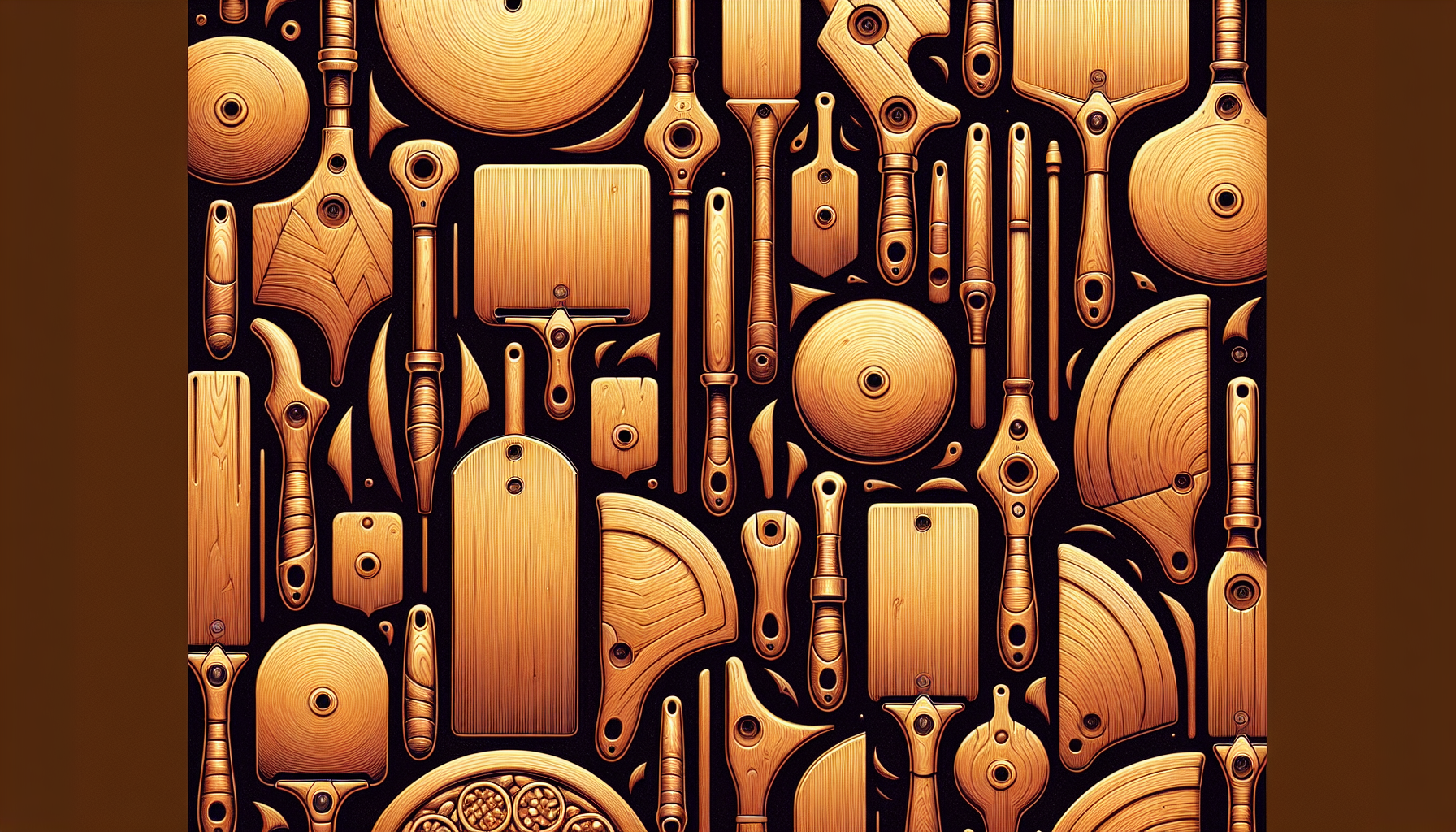
When it comes to choosing your
For Neapolitan pizza, a peel a 12-inch or 14-inch peel is ideal. If you’re more into large, family-sized pizzas, for example, then going for a 16-inch peel might be your best bet. Remember, you can always make smaller pizzas on a larger peel, but keep in mind that a bigger peel can be heavier and can be more cumbersome if you mainly make smaller pizzas. For more details check out our guide: How to Pick the Perfect Pizza Peel Size.
The handle length is also important for comfort and safety. A short handle is great for smaller pizza ovens where space is limited, making it easy to maneuver your pizzas. A long handle is a must for a larger, wood-fired
So, remember to measure your oven and consider your pizza size before you decide on the size of your peel.
Price
After dialing in the shape, material, and size of your pizza crust and peel, the next step is to think about the price. Pizza peels come in a wide range of prices to suit various budgets, with the cost influenced by factors like:
- Material: The type of material can significantly affect the price.
- Size: Larger peels often cost more due to the increased amount of material.
- Brand: Some brands may charge a premium based on their reputation.
- Features: Extras such as a foldable handle or a perforated surface can add to the price.
Wooden pizza peels are usually more affordable types of wood, making them a budget-friendly choice. On the other hand, aluminum pizza peels, often have a higher price point.
But remember, price shouldn’t be your only consideration. It’s important to balance quality and affordability. Investing in a durable peel that offers the best value for your money can save you from frequent replacements and enhance your pizza-making experience. So, consider your budget, but also think about the features you need and the longevity of your peel.
After all, a good
Choosing the right peel for your pizza style
The kind of pizza you’re passionate about making plays a crucial role in selecting the best peel. Certain peels excel in specific tasks like for example adding cheese and toppings right on the peel, while others are designed for a swift launch into the oven but might not support heavier pizzas well.
For general pizza-making
A wooden peel is the best option for basic use and general pizza making.
Wooden peels are more resistant than metal pizza peels, which makes them a great choice for beginners. They’re particularly useful when you prefer to top your pizza directly on the peel. Since the pizza might sit on the peel a bit longer as you add your toppings, the wooden surface helps reduce the likelihood of the dough sticking.
For Neapolitan pizza
A perforated pizza is the best choice for Neapolitan pizza.
Neapolitan pizza is light and uses a low-hydration dough. Generally, you’ll get your pizza ready and topped up on the counter, not on the peel itself. With the dough being low in moisture and the pizza barely spending any time on the peel, the risk of it sticking is minimal.
The high temperatures used to cook Neapolitan pizza mean that any excess flour could burn, but the primary benefit of a perforated peel is its ability to reduce sticking. The holes in the peel not only help to minimize the pizza’s contact area, reducing the chance of sticking but as an added advantage, they also allow any extra flour to fall through. This helps keep your pizza base clean and free from burnt flour, making the perforated peel an excellent choice for Neapolitan pizza.
Selecting the ideal peel for home pizza-making
Whether you’re using a pizza stone in your kitchen oven or firing up a compact outdoor
Given that space in home ovens and some outdoor pizza ovens can be restricted, taking a moment to measure the width of your oven is a good idea. This ensures the peel you pick will fit comfortably inside. Additionally, for those tight on kitchen space, opting for a peel with a shorter handle can make it much simpler to handle and store.
The best wooden pizza peel
For those in search of a premium wooden
A high-quality wooden pizza peel, made from bamboo and capable of fitting a 12-inch pizza, comes with a 180-day guarantee.
Bamboo is not a traditional choice, but it’s a cheap, yet strong and durable material. The wood makes it less likely to cause your pizza dough to stick, making it ideal for beginners or when you’re prepping your pizza on the peel, like classic New York-style pies. At 12 inches wide, it’s a good size for most home ovens and even works with portable pizza ovens.
While its thicker surface might make it a bit challenging to scoop up pizzas from a really hot oven, it’s perfect for home use. If you’re using a
In short, this bamboo peel is great for starters and those who like to add toppings directly to the peel. It’s strong, budget-friendly, and works well for home pizza making. Just remember, it’s not the best for scooping up pizzas in very hot ovens, so keep that in mind if you’re a fan of high-temperature baking.
The best aluminum pizza peel
If you’re looking for a
Featuring an anodized aluminum blade and a solid basswood handle, the New Star Foodservice Aluminum Pizza Peel is ideal for daily use. The thin aluminum blade makes it easy to slide the peel under any pizza, ensuring easy launching and retrieval!
The real game-changer with this peel is how incredibly thin it is. It slides under pizzas effortlessly, making it a dream to retrieve your creations from the oven. And cleaning up is also a breeze, just some soap and hot water, and you’re good to go.
But what I really love is the wooden handle. It’s not just comfortable. It gives you a solid grip, marrying functionality with a sleek design. This peel’s wood handle stands up to the rigors of frequent use without breaking a sweat.
While it’s fantastic for getting pizzas out of the oven, launching them might take a bit of practice. It’s not the most beginner-friendly for that initial slide into the oven, but once you get the hang of it, it’s incredibly efficient. So, if you’re after a reliable, easy-to-handle peel for your pizza nights, this one’s definitely worth considering.
Best perforated pizza peel
The G.a Homefavor Perforated
This lightweight premium, anodized aluminum peel features a balanced 12x14-inch blade for effortless handling and a perforated surface to reduce sticking.
The peel’s smooth finish on the carrying surface is a game-changer, allowing for effortless sliding of pizzas on and off. Its lightweight nature and ease of maneuverability are big pluses, and its sleek design makes sliding under pizzas to retrieve them from the oven a breeze.
What I particularly appreciate about this peel is its lasting durability. Having used it regularly for over three years and through roughly 800 pizzas, it still performs excellently, despite a few scratches here and there.
Best Peel for a Wood-Fired Pizza Oven
My top pick for a wood-fired oven I the Gi.Metal Azzurra perforated
Elevate your pizza game with the professional-grade Gi.Metal Pizza Peel. Its lightweight yet durable design ensures seamless use, making it the ideal tool for pizza makers at any level.
The Gi.Metal Azzurra is a familiar sight in Naples, recognized by its iconic blue handle, and for a good reason. Gi.Metal peels, in my experience, produce the best pizza peels you can find. Made from anodized aluminum, the Azzurra peel is incredibly sturdy yet light, making it perfect for long hours of use, particularly in a professional setting.
Its smooth surface makes sliding pizzas on and off the peel almost effortless. With a variety of sizes and handle lengths to choose from, you can find the ideal peel to match your pizza-making style and oven size.
Though the Gi. Metal Azzurra comes with a higher price tag, and its top-notch quality justifies the investment, especially for those in a professional setting or anyone who wants the absolute best.
Best pizza turning peel
If you’re in search of a turning peel that combines quality with affordability, I highly recommend the Chef Pomodoro Supreme Aluminum 9-Inch Turning
What makes this peel stand out is its lightweight aluminum build, making it easy to handle and use when making pizzas for a crowd. The 9-inch head is just the right size for maneuvering pizzas with precision, avoiding those all-too-common burnt edges. And believe me, when you’re working with the intense heat of a portable oven, every second counts.
But here’s the best part: this peel is incredibly budget-friendly. It’s a solid choice for anyone looking to up their pizza game without breaking the bank.
In short, the Chef Pomodoro Supreme Aluminum 9-Inch Turning
Expert Advice to get the most out of your pizza peel
Using a
Mastering the Slide
Perfecting the art of sliding your pizza into the oven, also known as launching, is for pizza-making success. A smooth transfer to your pizza stone or
Sprinkling a bit of semolina on your
When it comes to the launch, it’s all about a quick, decisive movement. A sharp flick of the wrist should do the trick.
If you bake at a lower temperature in a home oven you can also place your pizza on parchment paper to prevent sticking to the peel. However, I strongly recommend removing the parchment paper when the crust starts to avoid burning. Dive deeper into this topic in my article about when to use parchment paper and its risks in hot ovens.
Tips for a Perfect Launch
- Before launching, give your peel a little shake to ensure the pizza slides off smoothly.
- Avoid leaving the pizza on your peel. The longer it sits the more it sticks.
- Keep your peel dry. Moisture can lead to sticking.
- Practice the peel shake and launch motion with an empty peel to master your technique.
Maintenance Matters
Keeping your
For metal peels, keep them clean and dry. This basic care routine will ward off rust and keep your metal peel all ready for action.
Summary
In wrapping up this guide, I hope the helpful insights shared here empower you to make more informed decisions about your pizza-making tools and techniques. From selecting the right material for your pizza paddle based on your specific needs to mastering the crucial skill of launching your pizza with finesse, these key takeaways are designed to enhance your pizza crafting experience.
Using the right tool for the job is important to have a fun and pleasant pizza-making experience. When it comes to choosing the perfect peel, consider your oven type, pizza style, and personal comfort level to find your ideal match.
After using countless pizza peels over the years, I’ve learned that the right tool has transformed my own pizza-making journey from a daunting and frustrating task to an enjoyable and rewarding process. There’s a certain satisfaction in sliding a perfectly-topped pizza into the oven with ease and watching it bake to perfection, knowing that the right tools and techniques made all the difference.
Frequently Asked Questions
What is the purpose of a pizza peel ?
The purpose of a
Is wood or aluminum pizza peel better?
It depends on your needs. A wooden peel is great for launching pizzas due to its non-stick surface, ideal for heavy toppings. An Aluminum peel, with its thin edges, is better for retrieving pizzas but may stick more when launching.
Is a pizza peel with holes better?
Yes, a
Is a perforated pizza peel better than a solid one?
Yes, perforated peels reduce friction and help shake off excess flour, making them great for launching pizzas and keeping your oven cleaner. Solid peels, provide a stable surface for building your pizza and are versatile for both launching and retrieving, but doesn’t help get rid of excess flour.
What are the best dimensions for a pizza peel ?
A 12-inch to 14-inch peel is the perfect size for standard pizzas, while a 16-inch peel suits larger, family-sized pizzas. Handle length should match your oven size and usage; shorter for home ovens and longer for larger, professional ovens. Ensure the peel fits your oven and allows for safe, comfortable pizza handling.
How thick should a pizza peel be?
A
What size pizza turning peel do I need?
An 8-10 inch diameter is the ideal size for most turning peels, offering a good balance between maneuverability and the capability to comfortably handle various pizza sizes.
What is the best coating for pizza peel ?
The best coating for a
How does the material of a pizza peel affect its use?
The material of a
Related
- Is Your Pizza Dough Too Dry? Here is How to fix it! - June 10, 2024
- The Ultimate Guide to the Pizza Dough Windowpane Test - June 8, 2024
- The Ultimate Guide to Autolyse Pizza Dough - June 7, 2024





